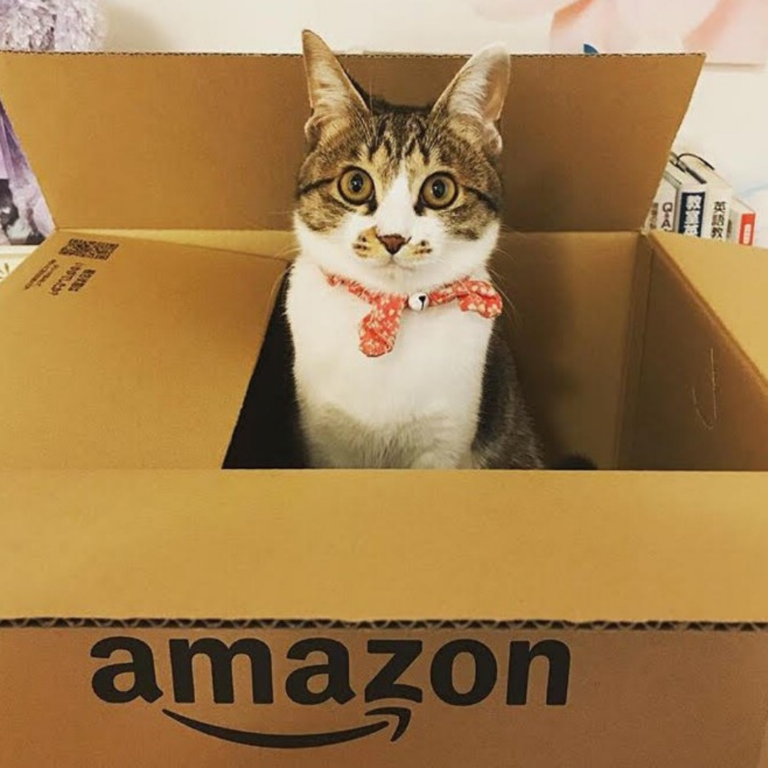Mutual funds are like ETFs’ older relatives. They move a little bit slower, but they’ve been around longer so they’re entitled to it. They’re a trusted member of the financial investment community.
How they work: A mutual fund is a pool of shared assets among all people who purchase ownership. The fund manager – the company who collected the money and purchased all the assets – will regularly oversee the assets’ performance and buy and sell assets to put in the fund. There’s a payment fee every time you buy or sell your shares. Which, I should add, you can only do at the end of the day. Because paperwork logistics are time-consuming.
The assets in the fund’s portfolio can be a mix of anything – stocks, bonds, commodities, you name it.
A little horse analogy
Cousin Mikey buys a racehorse named Butterscotch. To help pay for the horse, Cousin Mikey offers shares of horse ownership to all his family and friends. Fiona chips in $100.
Cousin Mikey takes care of all the horse’s management, training, and care. When Butterscotch races, Mikey will share the winnings with the people who have ownership slices.
Cousin Mikey and Butterscotch are like a mutual fund. Mikey is the active fund manager overseeing the assets inside the fund, which, in this case, is Butterscotch. When Butterscotch falls in love with a horse named Hugo, Mikey buys Hugo, and all the investors also receive partial ownership shares of Hugo too. With mutual funds, managers can add and remove assets from the portfolio as they see fit. However, it has to fit with the fund thesis.

So, since Mikey promised this would be a horse portfolio, he can’t buy Cletis the donkey, since that’s not technically a horse. Likewise, a mutual fund that tracks the S&P 500 index – the Vanguard 500 is well-known one – would not buy stock in a tiny Norwegian start-up, since it is not a stock that is included in the index.
Active management is nice because as the investor, you don’t have to do much of anything once you invest. Fiona knows about horse racing, but she doesn’t want to wash, clean, feed and train Butterscotch, so buying into Cousin Mikey’s horse fund works well for her.
Side Notes
There are two different types of mutual funds you should know about.
1. Closed-end fund: When the number of shares issued is limited. Let’s say Cousin Mikey had decided to only hand out 100 shares of horse ownership. Trisha called late in the game and said she wanted in on the horses. But he had already given away all 100 shares. Sorry, Trish.
What’s a girl to do? Well, in a closed-end fund, the shares trade between investors at a market value price – which could be below or above the actual value of the assets (or horses, in this case.) While sometimes a seat at the table is more expensive, usually closed-end funds trade at a discount (read: cheaper) than their asset value.
Trisha calls up George, Cousin Mikey’s buddy. He’s willing to sell his share he bought for $100 for $110. Is this a premium or discount?
Turns out, neither. The value of the horses has gone up 10% because being in love makes you faster. George is selling his share to Trisha at a fair value.
2. Open-end fund: When new shares are constantly being issued and bought back by the fund’s issuer. In this case, that’s Cousin Mikey. We’ll use the same example.
Trisha wants in on the horse fund. She calls up Cousin Mikey. He’s like, “I got you.” He sells her a share for $110, the actual cash value of the horse share.
What about George, who wants out? Cousin Mikey will take care of him, too. George will sell his share to Cousin Mikey for $110.
So, Basically…
In open-end, the number of fund shares issued changes all the time, depending on how many people buy and sell their shares. In closed-end funds, all the shares go out the door the first day, and then after that, it’s up to the shareholders to find buyers and sellers. Most mutual funds are open-end funds.
How this works IRL: When you buy a mutual fund through your brokerage account or 401(k) at work, your fund issuer might be Vanguard, Fidelity, Invesco, or many many others.
These companies hire employees to be their fund managers – usually, it’s a team of people managing a couple different funds. When you buy some shares, someone else at Fidelity or wherever handles the creation of those new shares.
But remember: Most funds aren’t like Cousin Mikey. They’ll charge a fee everytime you sell shares. There are some funds called “no-load” funds – which means they are commission or fee-free (try saying that 5 times fast).
Fee-free mutual funds are often sold directly through the fund issuer (aka Vanguard, Fidelity, etc.). But, that doesn’t mean fee-free means they’re without any fees at all; mutual funds will still charge a management fee, usually around 0.25%-2% of your investment. They use that money to pay their fund managers, advertise, and pay for other logistical business expenses.
RECAP
- Mutual funds: When a group of assets are bundled together and divided up into shares for peeps like you and me to buy.
- They’re actively managed by fund managers (people in suits who study and track all the assets and figure out which ones to buy/sell)
- They can only be bought and sold once daily – unlike stocks or ETFs, which can be bought and sold throughout the day.
- They typically follow a certain investment thesis. Possibilities include small foreign companies, large US companies, small US companies, China, technology, world large stocks, and so on. There are a lot of options at the MF buffet table.



